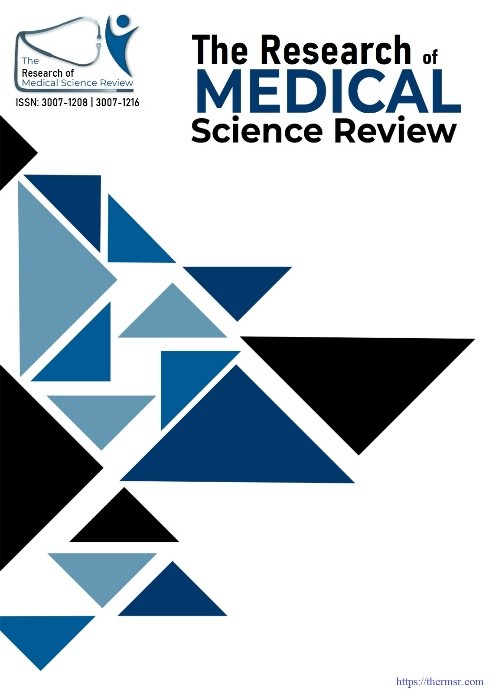CORRELATION BETWEEN SERUM NT PRO-BNP LEVELS AND ECHOCARDIOGRAPHIC DIASTOLIC DYSFUNCTION IN ASYMPTOMATIC HYPERTENSIVE PATIENTS
Main Article Content
Abstract
Introduction: A key risk factor for the development of heart failure, especially diastolic dysfunction, which frequently goes undetected until it is advanced, is hypertension, a worldwide health concern. A biomarker generated in response to elevated heart pressure, N-terminal pro-brain natriuretic peptide (NT-proBNP), has demonstrated potential in detecting early cardiac dysfunction. In this study, asymptomatic hypertensive individuals' blood NT-proBNP levels and echocardiographic indicators of diastolic dysfunction were correlated. Methods: In this cross-sectional investigation, people with asymptomatic hypertension participated. Serum NT pro-BNP levels were assessed and compared to echocardiographic measures that show diastolic function, such as the left atrial volume index (LAVI), E/A ratio, and E/e' ratio. To assess the strength of these associations and determine the possible contribution of NT pro-BNP to the early detection of diastolic dysfunction, statistical analysis was conducted. Results: The study demonstrated a significant association between elevated NT-proBNP levels and echocardiographic markers of diastolic dysfunction. Patients having increased NT-proBNP levels exhibited impaired relaxation patterns (low E/A ratio) and increased left ventricular filling pressures (elevated E/e' ratio and enlarged LAVI). These findings suggest that NT pro-BNP is a reliable indicator of early diastolic dysfunction, even in the absence of overt symptoms. Conclusion: Serum level of NT-proBNP strongly correlates with echocardiographic evidence of diastolic dysfunction in asymptomatic hypertensive patients. It could serve as a valuable biomarker for the early detection of diastolic dysfunction, enabling timely intervention and potentially reducing the progression to heart failure in this high-risk population.
Downloads
Article Details
Section

This work is licensed under a Creative Commons Attribution-NonCommercial-NoDerivatives 4.0 International License.
